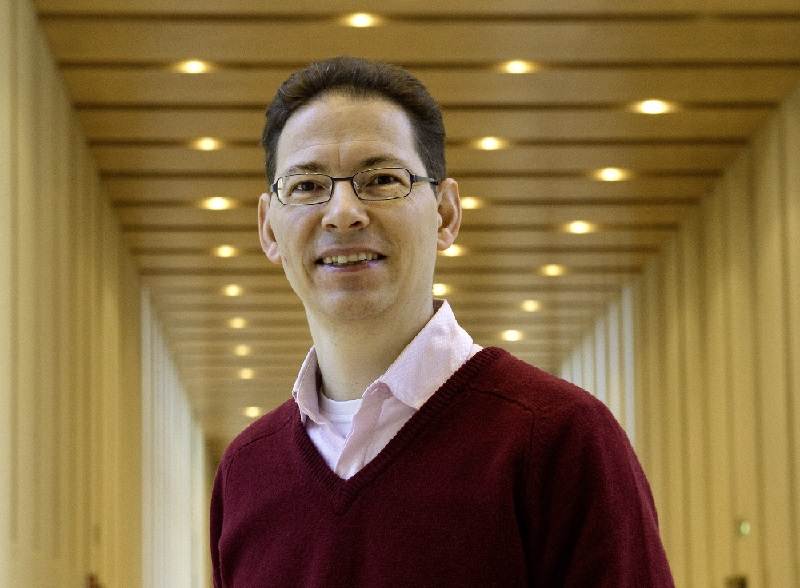Worldwide standard for determining evidentiary value
During the coming four years the Netherlands Forensic Institute (NFI) and the CTIT of the University of Twente (UT) are going to set up an ISO standard to validate methods for interpreting forensic evidence. This will eventually make it easier to compare and exchange forensic research results between countries.

“This will increase confidence in forensic research because everyone will be working in accordance with the same standard and research will be validated in the same way no matter where it is carried out. The criminal justice chain can have confidence that the forensic data supplied will be of a high quality. Irrespective of which country the data has come from”, explains scientific researcher Didier Meuwly.
This summer he submitted, on behalf of the NFI, and with help from the Dutch knowledge network for standards development and implementation, a proposal for an ISO standard which is intended to make it possible to create a worldwide standard for determining evidentiary value. Representatives from fifteen different countries, including the United States, Great Britain, Germany, Sweden, Russia and Australia agreed with the proposal, meaning that the NFI and the UT now have four years to develop the standard.
In the first instance the aim is to create a standard for the validation of methods for interpreting evidence in the context of the automatic methods used for biometric evidence (the so-called likelihood ratio methods). Other research areas may also start using this ISO standard in the future to determine the evidentiary value of traces.
Likelihoodratio
For some time now, forensic researchers from the NFI have been required to make statements about evidentiary value on the basis of a so-called likelihoodratio (LR) method. This involves them stating how much likelier results are on the basis of one hypothesis compared to another. For a long time experts used definitions such as ‘much more probable’.
More and more research fields within the NFI are developing methods for a numerical substantiation of this LR. These substantiations have to be validated and that is where the new ISO standard will come in.